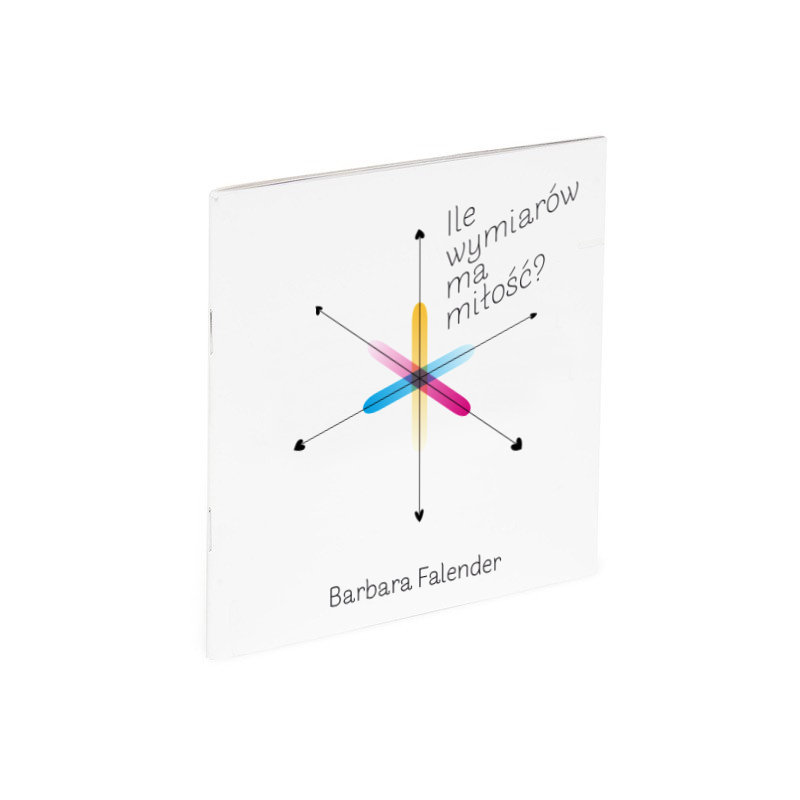 Barbara Falender is an iconic example of an artist acting in exultation, consistently translating her creative impulse into art over the years,' writes art historian Zofia Rojek in the exchibition catalogue. 'Her subsequent pieces reflected emotions inspired by her personal life – sex, love, brith of her children, or death of her nearest and dearest. In her case, separating life and work is practically impossible: all the elements are interwoven and interconnected. Some, however, have reoccurred over the years: fascination with the human body, presentation of erupting desire and sexual fulfilment, amazement with the world around and explorations of the processes of disappearing.'
Barbara Falender is an iconic example of an artist acting in exultation, consistently translating her creative impulse into art over the years,' writes art historian Zofia Rojek in the exchibition catalogue. 'Her subsequent pieces reflected emotions inspired by her personal life – sex, love, brith of her children, or death of her nearest and dearest. In her case, separating life and work is practically impossible: all the elements are interwoven and interconnected. Some, however, have reoccurred over the years: fascination with the human body, presentation of erupting desire and sexual fulfilment, amazement with the world around and explorations of the processes of disappearing.'
The artist uses a variety of mediums: stone, metal, plaster, porcelain, and epoxy. The beginning of the 1970s brings the famous Erotic Pillows series, which goes with the moral revolution of the time. Falender inherently emphasizes the internal need for ‘affirmation of eroticism’. We also owe her the introduction of the male nude deprived of sanctimonious, filly cover ups to Polish visual art.
'These are artworks fuelled by extremely innovatory thinking that came before its time – liberated, even provocative, thinking that is translated into spatial being with the use of very classical artistic techniques,' notes Waldemar Dąbrowski, general manager of the Polish National Opera, in his foreward to the catalogue. 'Generationally, I have always associated her – not literally, of course, but symbolically – with the propositions of the French student protesters of 1968. Be realistic, ask the impossible the young people were calling. Magda Falender’s sculptures are primarily a brave gesture that never tires of asking questions and expressing needs. They are a testament to finding yourself in the reality and living in agreement with your soul; her oeuvre is a tale of defying social conventions, breaking taboos and overcoming boundaries – be they physical, social or emotional – that inhibit our fulfilment.'
 Thanatos joins Eros in the following years. Dorota Jarecka writes about Sarcophagus that ‘it is partly a bed, partly a tomb’ and as a result of crossing the seemingly most distant of barriers comes the artist’s fascination with geometric forms, combined with brutalism. Fate is a pyramid of basalt cubes. ‘Only abstract form can bear the burden of the mystery of death’, Falender writes. In a nutshell: human life between the body and geometry.
Thanatos joins Eros in the following years. Dorota Jarecka writes about Sarcophagus that ‘it is partly a bed, partly a tomb’ and as a result of crossing the seemingly most distant of barriers comes the artist’s fascination with geometric forms, combined with brutalism. Fate is a pyramid of basalt cubes. ‘Only abstract form can bear the burden of the mystery of death’, Falender writes. In a nutshell: human life between the body and geometry.
You may buy the exhibition catalogue (in Polish and English) at our online Boutique. It presents pieces from private collections across Europe as well as ones held by the National Museums in Warsaw, Kraków and Poznań; Muzeum Sztuki in Łódź; Centre of Polish Sculpture in Orońsko; Artworks Collection of PKO Bank Polski; Jacek Malczewski Museum, Radom; Studio Gallery at the Studio Theatre, Warsaw; Polish Modern Art Foundation; and Ateńska Residential Estate, Warsaw.
In conjunction with the exhibition, the Polish National Opera has published a children's book titled Ile wymiarów ma miłość? Barbara Falender (All the dimensions of love: Barbara Falender) written by Iwona Witkowska. The book (in Polish only) is available at our Boutique. She might be 165 cm tall and of slight build, but she can break rocks. She is elegant, but her clothes are often dirty. She is educated and wise, but likes talking to stones more than people. You can find the things she makes at millionaires’ homes and in the graveyard. If you’d like to meet this extraordinary person and learn more about her job, take a look inside this book. You won’t be disappointed!
 Opening hours in July and August 2020
Opening hours in July and August 2020
Monday–Friday, 11 a.m.–6 p.m.
The entry fee (1 Polish zloty) is payable at the Box Office in the main lobby of the opera house.
The catalogue and children’s book published in conjunction with the exhibition may also be bought at the Box Office, subject to availability.
Special safety measures apply.





